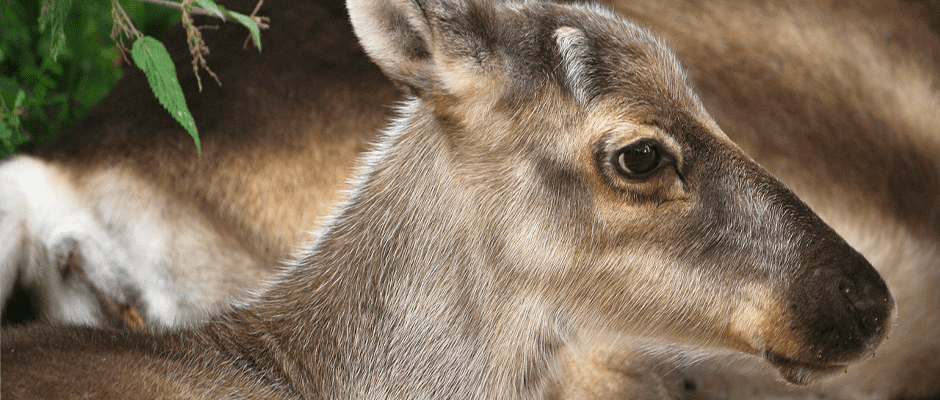Share this article
TWS urges Zinke to balance Alaska wildlife needs with energy development
The Wildlife Society has written a letter to Interior Secretary Ryan Zinke, urging him to protect important wildlife habitat on lands in the National Petroleum Reserve—Alaska (NPR-A) as the Bureau of Land Management reviews its plans for the area.
Last May, Zinke signed a secretarial order to consider revisions to the reserve’s 2013 Integrated Activity Plan. The review is also intended to update the oil and gas resource estimates for both the NPR-A and the Arctic National Wildlife Refuge (ANWR), in line with President Trump’s goals to promote domestic energy production.
The National Petroleum Reserve-Alaska is the largest tract of public land within the United States. It was established by President Harding in 1923 as an oil supply for the Navy. The Naval Petroleum Reserves Act of 1976 transferred management to the BLM and the secretary of the Interior. The act instructs the secretary to consider factors such as subsistence hunting, fish and wildlife habitat and scenic values alongside mineral and petroleum resources.
In 2013, the reserve’s Integrated Activity Plan aimed to develop oil and gas resources while protecting areas of important wildlife habitat. Five designated “special areas” were determined to contain valuable enough wildlife resources to merit special protections from drilling, including the Teshekpuk Lake and Peard Bay special areas.
TWS and other conservation organizations recognize the reserve for its variety of unique features that provide vital habitat for many migratory birds, raptors, marine mammals and other important species. TWS’ letter points out that “Arctic ecosystems are particularly susceptible to disturbance because their biological diversity and net biological productivity are low and climate change is placing additional stress on these systems.” Many areas within reserve would be especially vulnerable to the disturbances caused by oil development.
The Teshekpuk Lake Special Area is particularly notable since it lies within an area with high potential for oil and gas development, but it is also one of the most valuable habitat areas within the reserve. It supports tens of thousands of waterfowl during their flightless molt and has the highest documented density of nesting shorebirds anywhere on Alaska’s North Slope— an area that extends across the northern coast to include portions of ANWR.
Telemetry studies have documented that 90 percent of pregnant caribou calve in the areas around Teshekpuk Lake. Two narrow areas to the northwest and east of the lake provide corridors for at least 75 percent of the caribou to travel between insect relief and foraging areas.
In December, the U.S. Geological Survey announced a revision of expected yields on NPR-A and Alaska’s North Slope from 1.5 billion barrels to 8.7 billion barrels. That data, alongside large oil discoveries just outside the reserve between 2015 and 2017, have greatly increased pressures to open more of NPR-A to drilling.
Zinke’s order reflects a wider effort by the Trump administration to open more U.S. lands to oil and gas development. A provision opening ANWR to oil and gas exploration and drilling passed as part of the tax bill that Congress passed in December. Senators from Alaska have been trying to pass bills to allow drilling in ANWR for many years.
Alaskans mostly favor opening the refuge, but state leaders have recently opposed aspects of the proposed plans for Outer Continental Shelf oil and gas leasing between 2019 and 2024. Rep. Don Young and Sens. Lisa Murkowski and Dan Sullivan wrote to Zinke last Friday urging more meetings with local stakeholders due to the variety of interests in the region.
A public meeting scheduled for last week was cancelled due to the federal shutdown and was rescheduled for Feb. 21. The Alaska delegation’s letter also suggests removing 11 of the 14 Alaskan basins included in the proposed offshore plan. They join many other leaders in coastal areas voicing opposition to offshore drilling plans after Zinke announced on Jan. 9 that Florida would be exempt from the upcoming plans.
Header Image: Ninety percent of pregnant caribou around the National Petroleum Reserve—Alaska calve in the areas adjacent to Teshekpuk Lake, which may be harmed by drilling for oil and natural gas.








